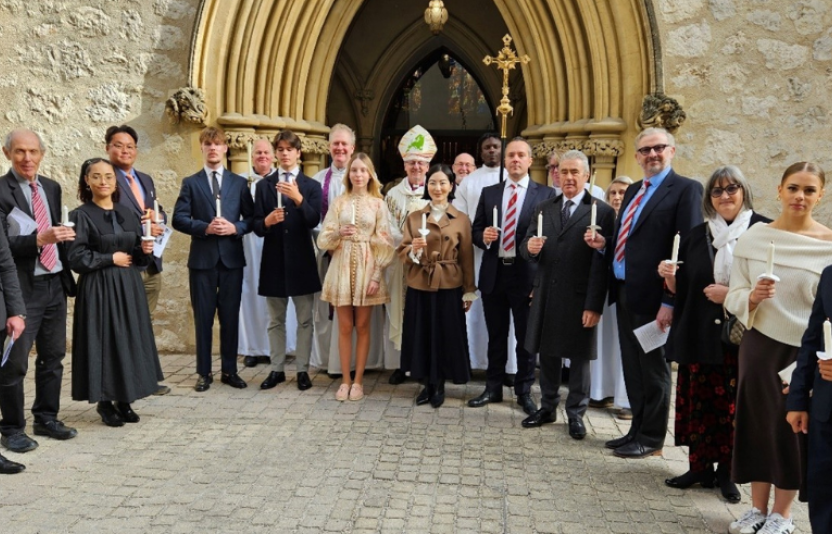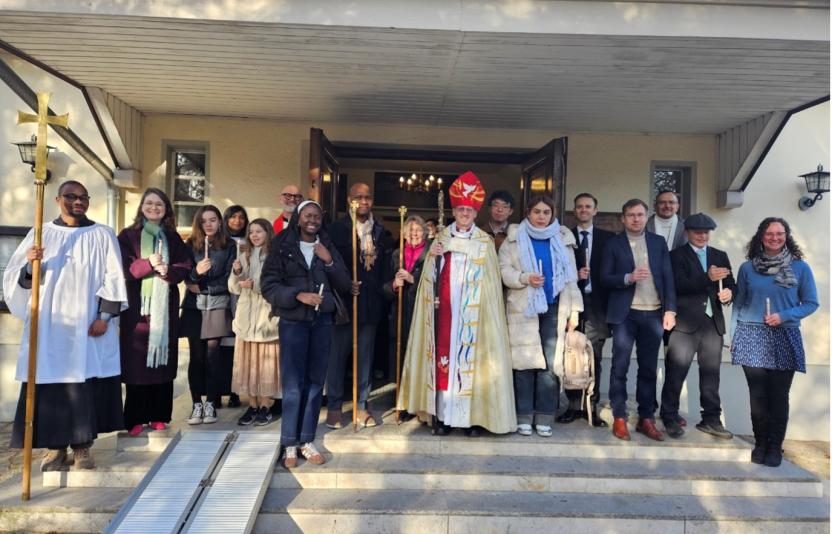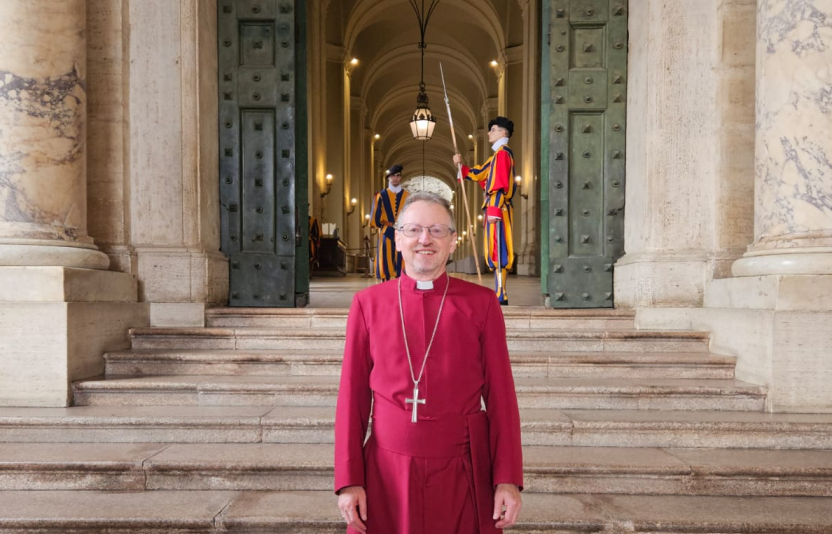Nicaea 1700 Pilgrimage
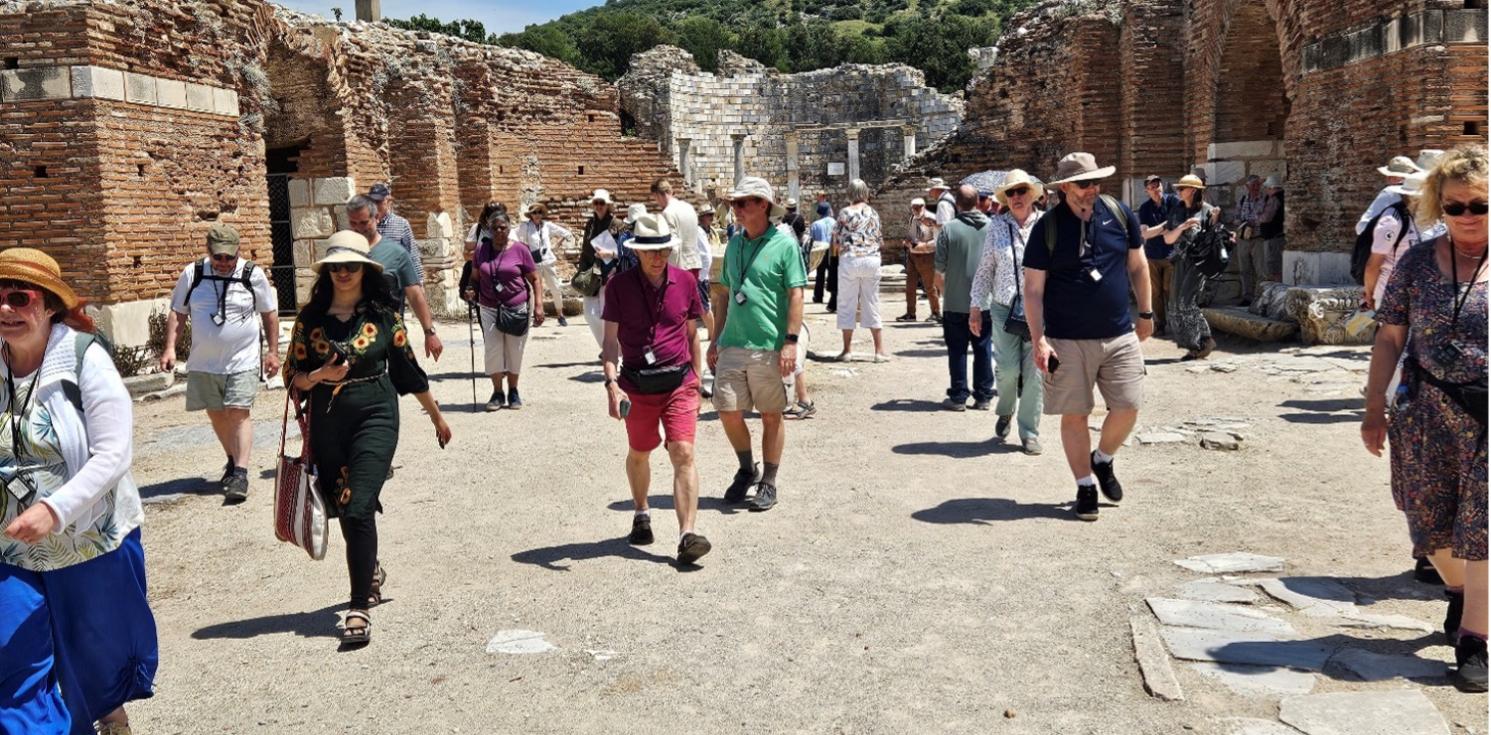
Some 70 people took part in a special pilgrimage in Western Turkey (former Asia Minor) to commemorate the 1700th anniversary of the formulation of the Nicene Creed. The pilgrimage was jointly led by Orthodox Archbishop Nikitas of Thyatira and Great Britain, Lord Chartres, and our chaplains in Athens and Izmir, Ben Drury and James Buxton. Our 10 day pilgrimage covered very much more than just the sites of the first four ecumenical councils, but for the sake of this blog I am going to limit myself to them.
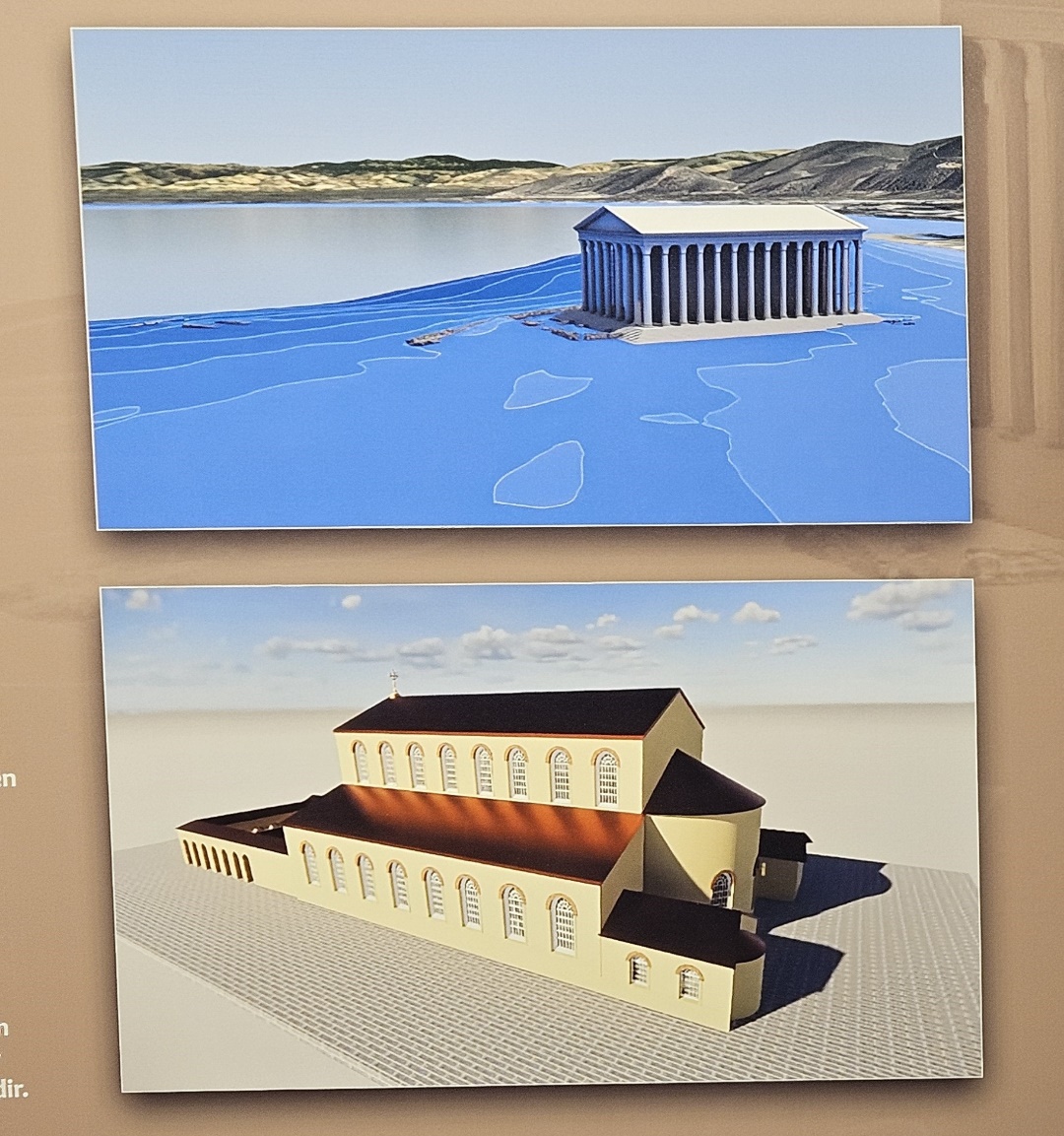
Modern day Iznik, South East of Istanbul, is the site of ancient Nicaea. The picture shows an artist’s impression of Constantine’s lakeside at Nicaea (above) and the basilica where the Council took place (below). There are archaeological fragments of the former, alongside the lake of Iznik.
The basilica was lost for many centuries, but with falling water levels in the lake, the plan of a basilica began to emerge on the bed of the lake. Written accounts tend to confirm that this is very likely the place where the first Ecumenical Council took place in 325.
Principal amongst the achievements of this first ecumenical council was the rejection of Arianism (which asserted that Christ is a created being) and the recognition that Christ is of one substance with the Father, i.e. equally divine.
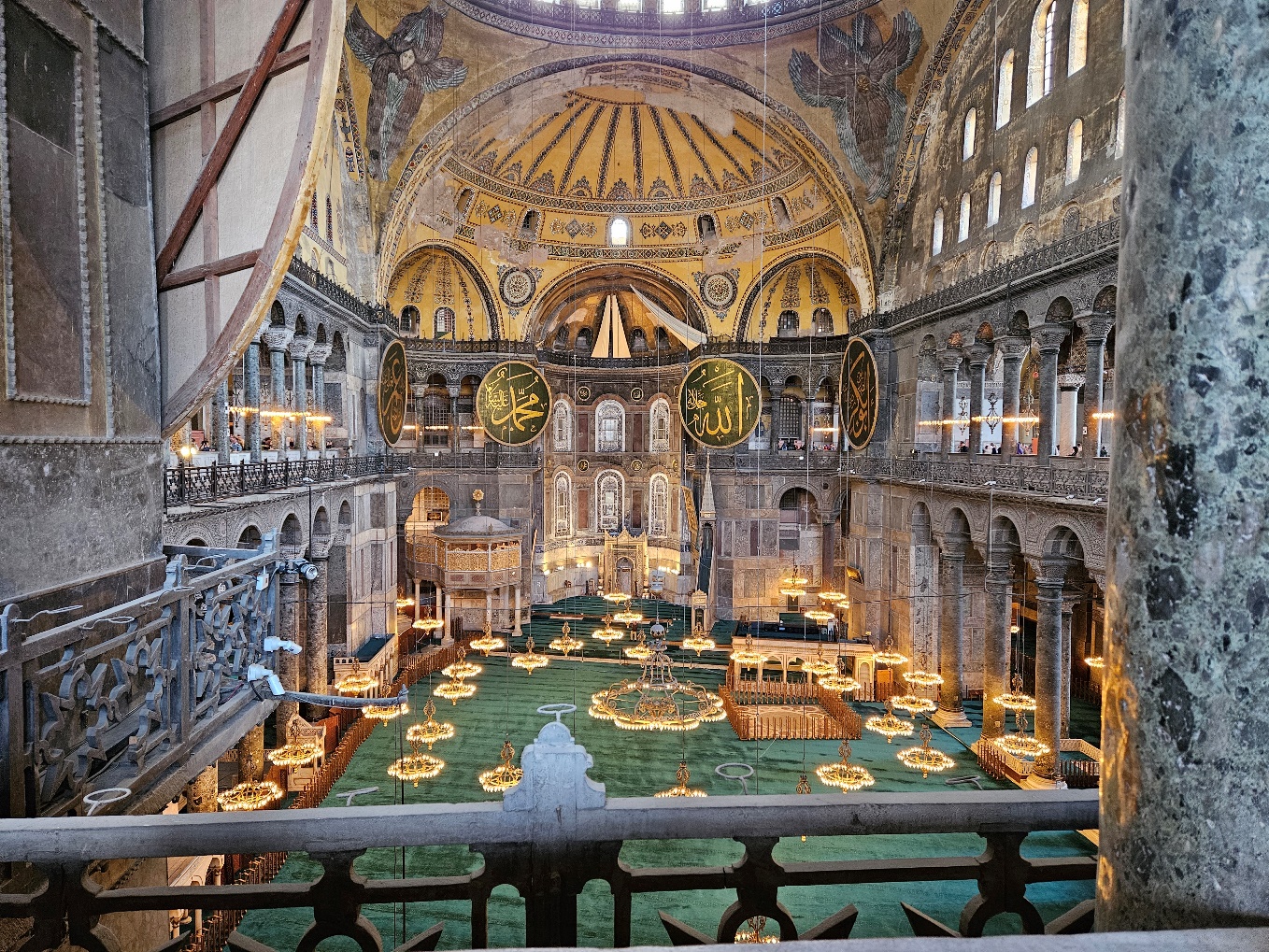
The Second Ecumenical Council took place in Constantinople in 381. The original Church of Hagia Sophia in Constantinople was completed around 360. The church was rebuilt by Emperor Justinian in the 6th century on a breathtaking scale. With its large central dome on a rectangular base, Hagia Sophia set a pattern for church (and then mosque) architecture in Asia Minor.
The Council of Constantinople confirmed the anti-Arian conclusions of Nicaea and extended the creed to make clear the divinity of the Holy Spirit. This Council condemned the doctrine of Apollinarius that Christ had a human body but a divine mind. In so doing the Council confirmed that Christ was properly human as well as properly divine.
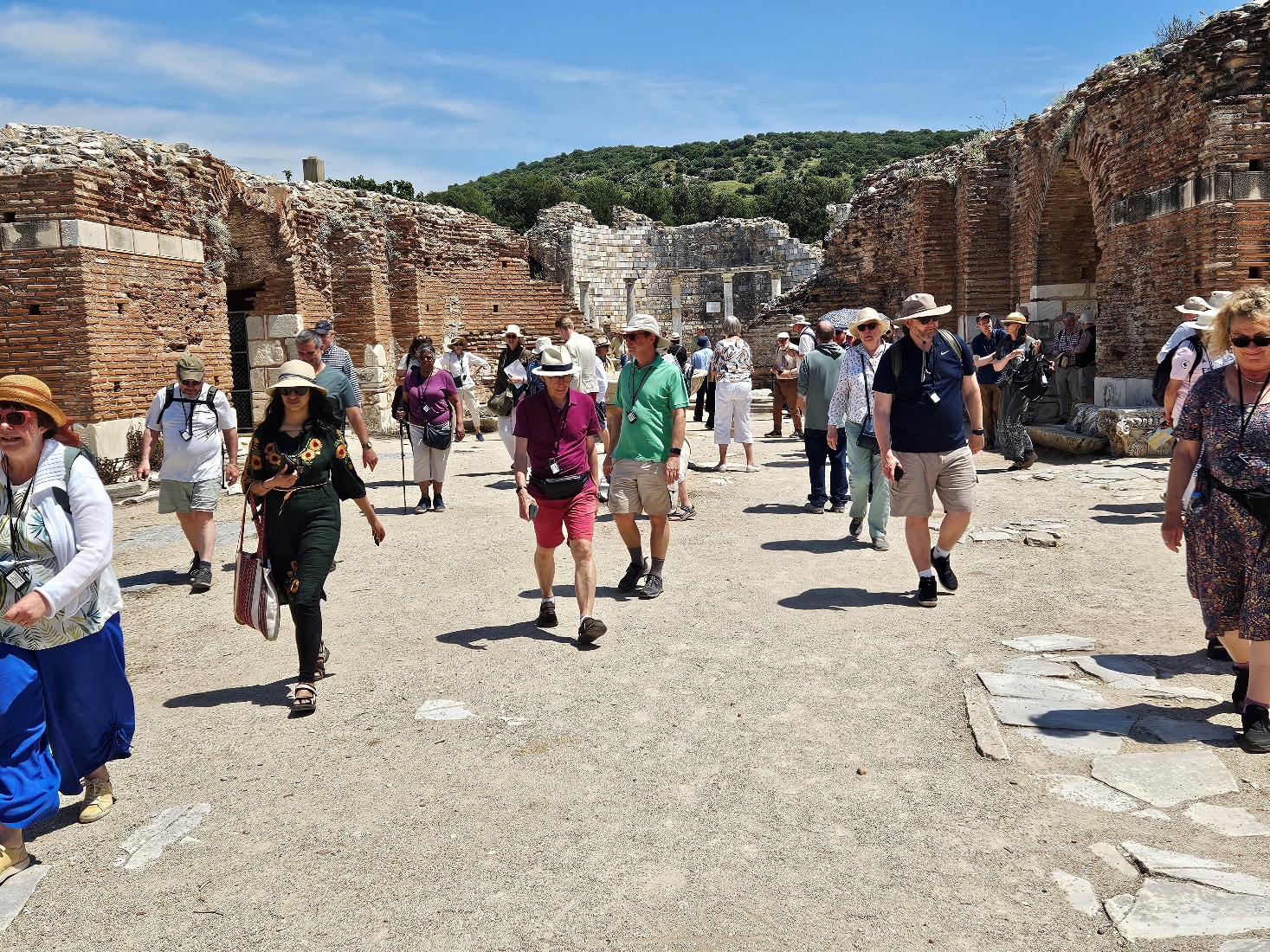
The third ecumenical council was convened in Ephesus in 431, most likely in the basilica of the Virgin Mary (our pilgrimage group visiting the remains of the basilica pictured above). This Council declared that Mary was the bearer of God (‘theotokos’). Christ was not therefore a human being merely subject to divine influence, but was truly God.

The Fourth Ecumenical Council took place in Chalcedon, which is on the East (Asian) side of the Bosphorus. The actual site of the Council is thought to be the location of what is now the main railway station in Kadikoy, so there is nothing to see there! But our pilgrimage did give us opportunity to visit Orthodox churches in the locality, and to experience the continuity of worshipping communities.
The fourth Council was the largest of the early councils with 520 bishops attending. It re-confirmed the Niceno-Constantinoplitan creed. It rejected the ‘monophysite’ doctrine that Christ had only one, divine, nature, insisting that Christ is one person in two natures.
The four creeds thus declare, in turn, that Christ is divine, that he is human, that he is truly divine and that he is truly human.
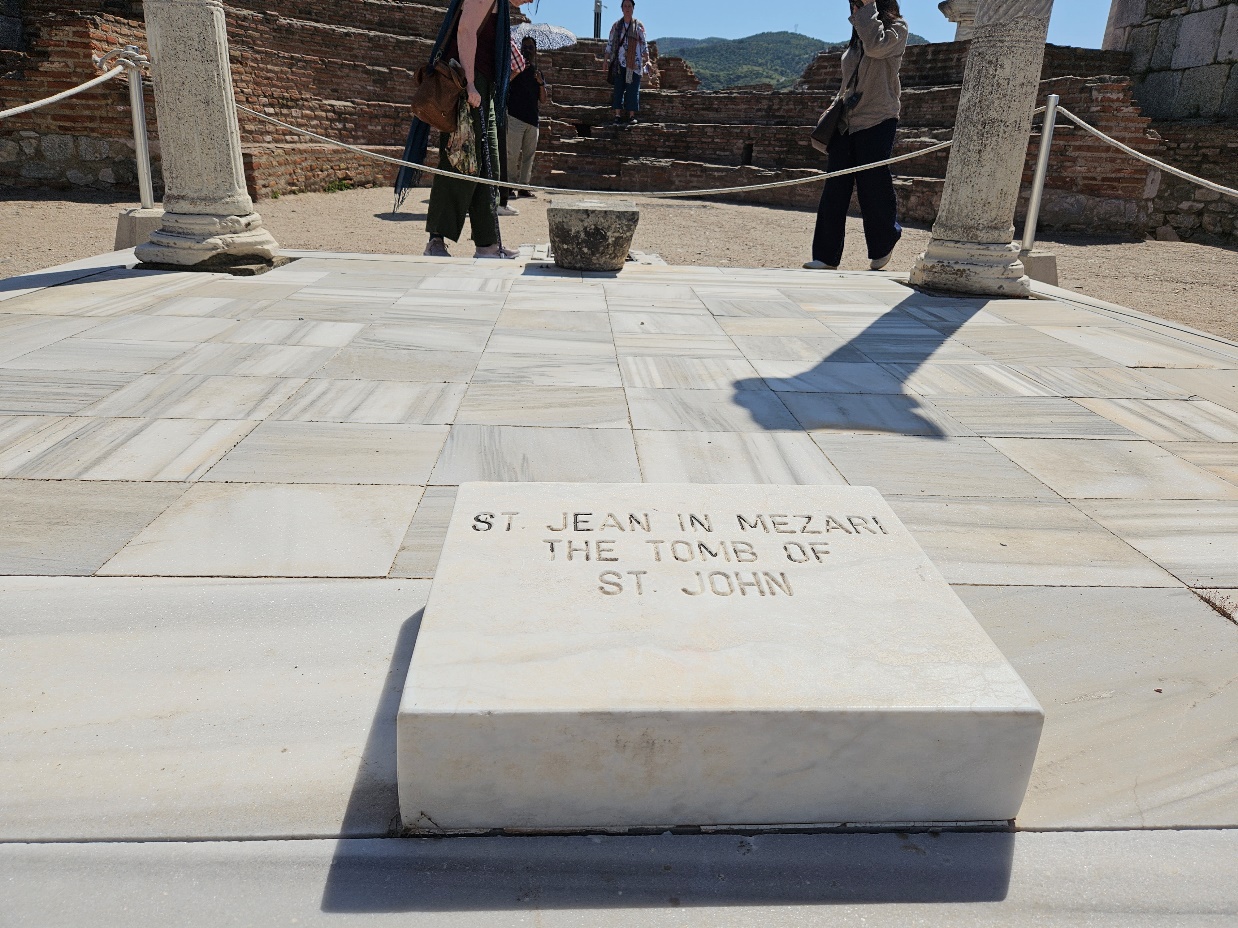
The benefit of this kind of journey is to place one in physical proximity to key events in the formation of our shared Christian faith. A marvellous sense of connection is established. For me, the sense of connection was particularly strong in visiting the basilica of St. John in Ephesus. John was the only one of the apostles to live to a great age and to die of natural causes. Polycarp of Smyrna recounts that he knew John, and John finished his days in Ephesus. The basilica of St. John is built around his tomb. We know from the gospel of John that John took Mary to his home, and tradition has it that he took Mary to Ephesus. Hence the basilica of the Virgin Mary in the Ephesus and the site of the third Council are deeply rooted in the origins of our faith.
The Church of England understands itself to be part of the one, holy, catholic and apostolic church, declaring the faith that is revealed in the holy scriptures and which is set forth in the catholic creeds. This pilgrimage immersed each of us who took part in the world and the language of the creeds. I hope and pray it gave each of us new zeal and renewed imagination to proclaim these great truths afresh in our own generation.
To read more of Bishop Robert's blogs and to subscribe, visit this page.
